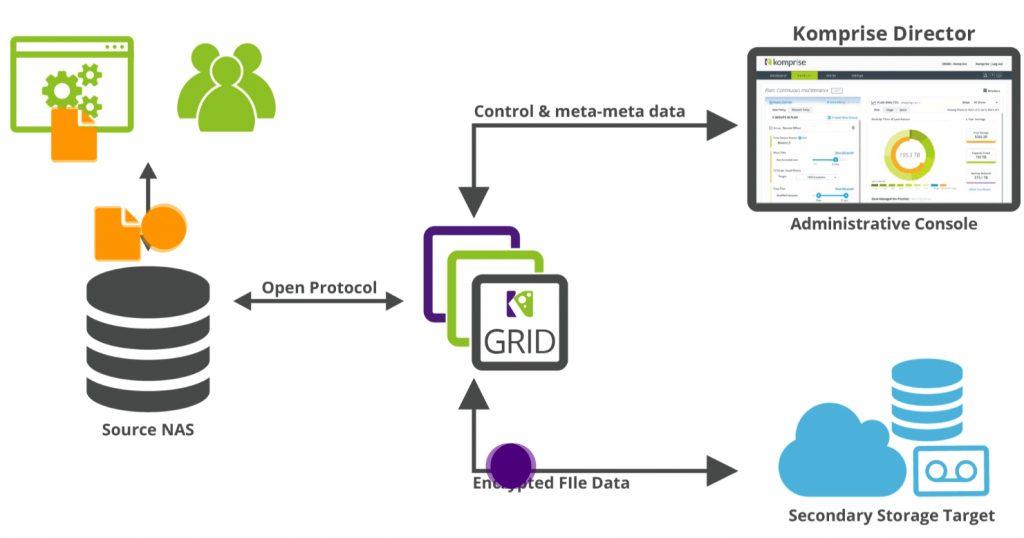Have you ever heard of tiering in IT? If you’re not familiar with this concept, don’t worry – I’m here to break it down for you in simple terms. Tiering in IT refers to the practice of categorizing data, applications, or infrastructure into different levels or tiers based on certain criteria. This strategy helps organizations manage their resources more effectively, improve performance, and enhance scalability. In this article, we’ll explore the fundamentals of tiering in IT and discuss its benefits and best practices.
What is Tiering in IT?
Tiering in IT involves organizing IT resources into distinct tiers based on their importance, performance requirements, accessibility needs, and other relevant factors. By classifying resources into different tiers, organizations can allocate resources more efficiently and ensure that critical data and applications receive the necessary attention and resources.
Typically, tiering in IT involves three primary tiers:
- Tier 1: This tier includes mission-critical applications and data that require high availability, low latency, and robust security measures. Examples of Tier 1 resources may include customer databases, financial systems, and real-time transaction processing applications.
- Tier 2: Resources in this tier are important but may not require the same level of performance or availability as Tier 1. Tier 2 applications and data are typically used for day-to-day operations and can tolerate slightly longer response times or downtime compared to Tier 1 resources.
- Tier 3: The lowest tier consists of non-critical or archival data that is accessed infrequently. Tier 3 resources may include historical records, backups, or regulatory compliance data that must be retained but does not need to be readily available at all times.
By categorizing resources into these tiers, organizations can prioritize their investments and efforts based on the specific needs of each tier.
Benefits of Tiering in IT
Implementing a tiered approach to managing IT resources offers several benefits to organizations:
- Cost Optimization: By allocating resources based on their importance and performance requirements, organizations can optimize costs by investing more heavily in critical assets while minimizing expenses for less essential resources.
- Performance Enhancement: Tiering enables organizations to tailor their infrastructure to meet the unique performance needs of different types of applications and data. High-priority workloads can benefit from faster storage systems and redundant components, while lower-priority workloads can run on more cost-effective infrastructure.
- Scalability: As organizations grow and their IT requirements evolve, a tiered approach allows them to scale their infrastructure more effectively by adding capacity where it’s needed most without overspending on unnecessary upgrades across the board.
- Risk Mitigation: By prioritizing critical resources within Tier 1 and implementing appropriate redundancy and disaster recovery measures, organizations can reduce the risk of data loss or downtime due to hardware failures or other disruptions.
- Compliance and Governance: Tiering helps organizations comply with regulatory requirements by ensuring that sensitive data is adequately protected and retained according to legal mandates. By clearly defining which data belongs to each tier, organizations can implement appropriate security controls and retention policies.
Best Practices for Implementing Tiering in IT
To successfully implement tiering in IT within your organization, consider the following best practices:
- Define Clear Criteria: Establish clear criteria for determining which resources belong to each tier based on factors such as performance requirements, availability needs, access frequency, and security considerations.
- Automate Resource Placement: Leverage automation tools to dynamically place resources into the appropriate tiers based on predefined rules or policies. Automation can help streamline resource management processes and ensure consistency across your environment.
- Monitor Performance Metrics: Regularly monitor key performance metrics for each tier to identify potential bottlenecks or issues that may impact service levels. Use monitoring tools to track latency, throughput, utilization rates, and other relevant indicators.
- Implement Data Lifecycle Management: Develop a comprehensive data lifecycle management strategy that defines how data moves between different tiers over time based on usage patterns, age, relevance, and other factors. Automate data migration processes where possible to minimize manual intervention.
- Regularly Review and Adjust Tiers: Periodically review your tiering strategy to ensure that it aligns with changing business requirements, technological advancements, and evolving workload demands. Make adjustments as needed to optimize resource allocation and performance.
By following these best practices, you can maximize the benefits of tiering in IT while effectively managing your organization’s IT resources according to their unique characteristics and priorities.
In conclusion, tiering in IT is a valuable strategy for organizing and managing IT resources based on their importance, performance requirements, accessibility needs, and other relevant criteria. By categorizing resources into distinct tiers such as Tier 1 (critical), Tier 2 (important), and Tier 3 (non-critical), organizations can optimize costs, enhance performance, improve scalability, mitigate risks, ensure compliance with regulations, and streamline resource management processes.
If you haven’t already considered implementing a tiered approach to managing your organization’s IT infrastructure, now is the time to explore this effective strategy. By following best practices such as defining clear criteria for each tier, automating resource placement processes, monitoring performance metrics regularly, implementing data lifecycle management strategies, and reviewing tiers periodically for optimization opportunities – you can harness the full potential of tiering in IT for your organization’s benefit.


